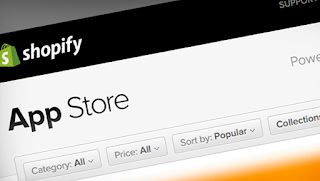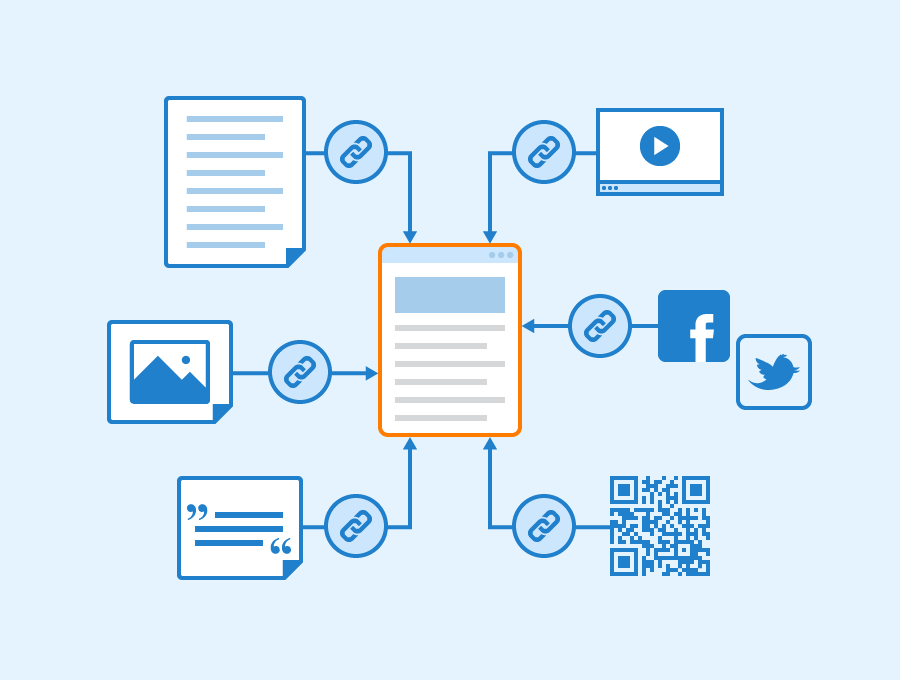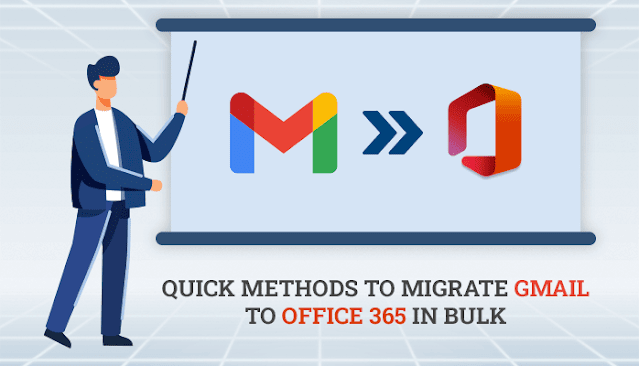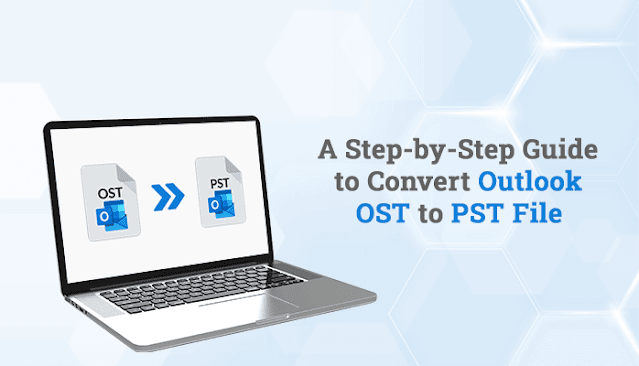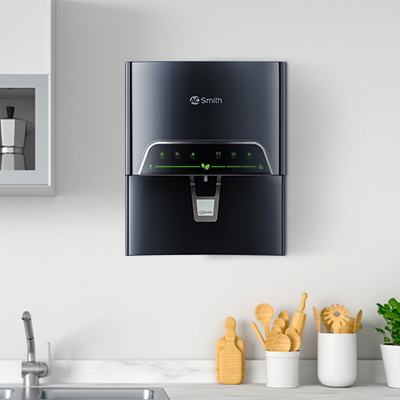Benefits of Linking in Shopify App
In the beginning of Website design enhancement, everything revolved around the "backlink" - and keeping in mind that there is critical proof that backlinks are as yet significant, there's another site improvement technique you might disregard.
Back in the beginning of web crawlers, backlinks were a gigantic piece of site improvement technique - to such an extent that Google was quite called "Backrub," a reference to the possibility that the nature of a page could be decided by the quantity of different destinations or pages that connect to it.
Building backlinks can in any case be a critical piece of any Search engine optimization methodology, however this article won't cover this region top to bottom. All things being equal, you can peruse Moz's layout of backlinks here.
Backlinking in Shopify App
All things considered, there is additionally a huge benefit in building interior connections. A lot of this is driven by comparative ideas of outer backlinks - in particular the capacity to "pass along" positioning power starting with one page then onto the next.
Moreover, inside connections can likewise assist with looking through motor bugs "slither" your site better, comprehend your site construction, and assist with conveying catchphrase messages to web crawlers.
While backlink building can in any case be a significant technique, you ought to likewise investigate and carry out the utilization of a complete inside connecting system inside your Shopify store.
As its name recommends, an inner connection is the point at which one page on your site connects to one more page on your site (for this situation we're characterizing "site" as a solitary Shopify store on your area name or myshopify.com subdomain).
Inward connections arrive in an assortment of structures - from the principle route, uber menu connections, and footer joins - as well as connections inside assortment and item depictions, blog articles, and different pages.
Joins themselves have three particular parts: Anchor text, title text and the URL:
Anchor text: Named after the HTML
vernacular that alludes to joins as "secures" (subsequently the
<a> tag), this is the text that really connections to another page or
site and is what clients click on to visit that page. Anchor text can assume a
part in Website design enhancement since it very well may be a mark of what the
substance is being connected to.
Title text: The title tag, which is essential for the <a> tag is a client characterized label that can be utilized to additionally depict the connection's objective, as well as filling openness needs. Shopify allows you to characterize this tag on joins inside page content, however not route menus.
URL: The genuine URL, or site address, that
the connection interfaces with.
Shopify route joins
Joins in your site's principle route are all, expecting they connect to different pages on your store, thought about inward connections.
While building menus utilizing the inherent Shopify route device, you can alter the text that shows up for every thing in the menu utilizing a portion of these systems:
In the route, you'll need to ensure the
menu thing precisely and obviously portrays the substance it connects to.
As a rule, a decent guideline is that
clients ought to have the option to tell, at a speedy look, what's in store
while clicking a menu thing. A genuine illustration of this direct methodology
are the "Tops" and "Bottoms" joins in the Portland Super
Shopify topic style.
All things considered, it merits
considering, from both an inner Search engine optimization and client
experience angle, that you might need to consider adding an additional a word
or two elective names or equivalents in the connection name. For instance, in
the Chicago Super Shopify topic style, "Covers" could be extended to
peruse "Covers and Caps."
Be mindful so as to not get carried away
with technique, particularly in your site's fundamental header route since a
ton of words can make a jumbled look that makes it difficult to filter rapidly.
All things considered, footer connections can be a decent chance to put an auxiliary route menu that involves elective names notwithstanding your approach, contact and other "utility" pages.
Notwithstanding route menus, an immense open door that frequently goes hidden is to remember joins inside the text for assortment and item depictions as well as blog entries and other page content:
While composing blog entries that notice
explicit items or assortments, considering connecting fitting anchor text in
your article to the comparing page. Not exclusively does this make it more
straightforward for a peruser to plunge into shopping and investigate your
items, but on the other hand it's an incredible method for utilizing inner
connections to upgrade a particular page.
In item depictions, connecting watchwords
to other significant items or assortments in your store can likewise be a
decent methodology. This is an incredible way to improve your inward connection
structure as well as it can assist with empowering customers to investigate and
connect more with your store - and furthermore find elective items that may be
a superior fit.
Assortment depictions can likewise be
utilized to remember joins with key anchor text for the duplicate. This can be
a decent method for guiding clients toward various assortments that could
incorporate related or elective items and makes more inside joins.
Blog entries can likewise be connected to
from inside item and assortment depictions.
It's additionally important that numerous
Shopify topics can consequently add a rundown of assortment names, labels,
merchants, and item types as well as breadcrumbs, which are on the whole
likewise thought to be inward connections and can urge clients to peruse your
site more inside and out.
Notwithstanding the conspicuous pages, there are some "covered up" interior connection structures that you can use.
In the first place, consider connecting to
blog entry label pages. These pages are situated at/online
journals/blog-handle/labeled/tag-handle and will show each blog entry that has
the comparing tag. Simply alter the striking text to match your necessities
utilizing the handle punctuation Shopify employments. This can be an incredible
method for augmenting your interest in blog entries by empowering clients to
participate in this substance.
Connection to assortment label URLs to
limit what clients see while clicking a connection and furthermore bring extra
catchphrases into your connections. To do this,
utilization/assortments/assortment handle/tag-handle. This will just show items
in a specific assortment that are labeled with a particular tag.
You can likewise connect clients to a page
that main shows items from a particular seller utilizing this
configuration:/assortments/vendors?q=Vendor+Name. In these URLs, spaces are
supplanted with the "in addition to sign" rather than dashes.
Essentially, you can likewise connection to
explicit item type URLs utilizing this example:/assortments/types?q=Product+Type+Name.
Another choice is to connect clients to
item pages. This sort of component utilizes this
example:/search?type=product&q=Search+Term*. In this URL design,
"item" can be changed to "all" to look through all site
content. You can likewise eliminate the bullet from the end to impair the
"trump card" search.
While making interior connections - regardless kind - there are a couple of rules to remember.
Cautiously consider what text is utilized
as the anchor text for your connection. In a perfect world, the text ought to
contain target catchphrases yet in addition precisely depict what is being
connected to.
In any case, it's likewise essential to
keep anchor message basic - and not excessively "stuffed" with
watchwords only for them.
Make certain to keep away from "over
connecting." Web crawlers ordinarily look at the quantity of connections
on a page contrasted with the general measure of text on the page. Having an
excessive number of connections can likewise make for bothersome client
experience assuming pretty much every word is interactive.
While making in-content connections,
utilize Shopify's title label instrument to incorporate extra or elective
watchwords. It can frequently be a decent technique to utilize words that don't
show up in the anchor text or URL handle you're connecting to.
While making join titles, in any case, make
certain to keep the text clear yet at the same time precisely depict the
substance being connected to.
While building any sort of connection for Web optimization intentions, there's additionally an idea known as "stuffing" that ought to be stayed away from. Stuffing can include intentionally attempting to incorporate countless watchwords or connections inside a page's substance for the sole reason for Web optimization.
While it tends to be a barely recognizable difference between "sharp" Website optimization methodology and stuffing, as a general rule, a decent guideline is to consider in the event that the inside interface you're adding - as well as the anchor text and title tag - are pertinent and valuable to both web indexes and a human client.
This isn't to imply that that "testing
existing known limits" a piece can't convey results - in any case given
that each site and page is novel, precisely the way in which hard you can
"push" will change.
In the beginning of Website design enhancement, everything revolved around the "backlink" - and keeping in mind that there is critical proof that backlinks are as yet significant, there's another site improvement technique you might disregard.
Backlinks versus inside joins
Back in the beginning of web crawlers, backlinks were a gigantic piece of site improvement technique - to such an extent that Google was quite called "Backrub," a reference to the possibility that the nature of a page could be decided by the quantity of different destinations or pages that connect to it.
Building backlinks can in any case be a critical piece of any Search engine optimization methodology, however this article won't cover this region top to bottom. All things being equal, you can peruse Moz's layout of backlinks here.
All things considered, there is additionally a huge benefit in building interior connections. A lot of this is driven by comparative ideas of outer backlinks - in particular the capacity to "pass along" positioning power starting with one page then onto the next.
Moreover, inside connections can likewise assist with looking through motor bugs "slither" your site better, comprehend your site construction, and assist with conveying catchphrase messages to web crawlers.
Inner connections in Shopify subjects
While backlink building can in any case be a significant technique, you ought to likewise investigate and carry out the utilization of a complete inside connecting system inside your Shopify store.
As its name recommends, an inner connection is the point at which one page on your site connects to one more page on your site (for this situation we're characterizing "site" as a solitary Shopify store on your area name or myshopify.com subdomain).
Inward connections arrive in an assortment of structures - from the principle route, uber menu connections, and footer joins - as well as connections inside assortment and item depictions, blog articles, and different pages.
Joins themselves have three particular parts: Anchor text, title text and the URL:
Anchor text: Named after the HTML
vernacular that alludes to joins as "secures" (subsequently the
<a> tag), this is the text that really connections to another page or
site and is what clients click on to visit that page. Anchor text can assume a
part in Website design enhancement since it very well may be a mark of what the
substance is being connected to.
Title text: The title tag, which is
essential for the <a> tag is a client characterized label that can be
utilized to additionally depict the connection's objective, as well as filling
openness needs. Shopify allows you to characterize this tag on joins inside
page content, however not route menus.
URL: The genuine URL, or site address, that
the connection interfaces with.
Shopify route joins
Joins in your site's principle route are all, expecting they connect to different pages on your store, thought about inward connections.
While building menus utilizing the inherent Shopify route device, you can alter the text that shows up for every thing in the menu utilizing a portion of these systems:
In the route, you'll need to ensure the
menu thing precisely and obviously portrays the substance it connects to.
As a rule, a decent guideline is that
clients ought to have the option to tell, at a speedy look, what's in store
while clicking a menu thing. A genuine illustration of this direct methodology
are the "Tops" and "Bottoms" joins in the Portland Super
Shopify topic style.
All things considered, it merits
considering, from both an inner Search engine optimization and client
experience angle, that you might need to consider adding an additional a word
or two elective names or equivalents in the connection name. For instance, in
the Chicago Super Shopify topic style, "Covers" could be extended to
peruse "Covers and Caps."
Be mindful so as to not get carried away
with technique, particularly in your site's fundamental header route since a
ton of words can make a jumbled look that makes it difficult to filter rapidly.
All things considered, footer connections
can be a decent chance to put an auxiliary route menu that involves elective
names notwithstanding your approach, contact and other "utility"
pages.
In-content connections in Shopify stores
Notwithstanding route menus, an immense
open door that frequently goes hidden is to remember joins inside the text for
assortment and item depictions as well as blog entries and other page content:
While composing blog entries that notice
explicit items or assortments, considering connecting fitting anchor text in
your article to the comparing page. Not exclusively does this make it more
straightforward for a peruser to plunge into shopping and investigate your
items, but on the other hand it's an incredible method for utilizing inner
connections to upgrade a particular page.
In item depictions, connecting watchwords
to other significant items or assortments in your store can likewise be a
decent methodology. This is an incredible way to improve your inward connection
structure as well as it can assist with empowering customers to investigate and
connect more with your store - and furthermore find elective items that may be
a superior fit.
Assortment depictions can likewise be
utilized to remember joins with key anchor text for the duplicate. This can be
a decent method for guiding clients toward various assortments that could
incorporate related or elective items and makes more inside joins.
Blog entries can likewise be connected to
from inside item and assortment depictions.
It's additionally important that numerous
Shopify topics can consequently add a rundown of assortment names, labels,
merchants, and item types as well as breadcrumbs, which are on the whole
likewise thought to be inward connections and can urge clients to peruse your
site more inside and out.
Notwithstanding the conspicuous pages, there are some "covered up" interior connection structures that you can use.
In the first place, consider connecting to
blog entry label pages. These pages are situated at/online
journals/blog-handle/labeled/tag-handle and will show each blog entry that has
the comparing tag. Simply alter the striking text to match your necessities
utilizing the handle punctuation Shopify employments. This can be an incredible
method for augmenting your interest in blog entries by empowering clients to
participate in this substance.
Connection to assortment label URLs to
limit what clients see while clicking a connection and furthermore bring extra
catchphrases into your connections. To do this,
utilization/assortments/assortment handle/tag-handle. This will just show items
in a specific assortment that are labeled with a particular tag.
You can likewise connect clients to a page
that main shows items from a particular seller utilizing this
configuration:/assortments/vendors?q=Vendor+Name. In these URLs, spaces are
supplanted with the "in addition to sign" rather than dashes.
Essentially, you can likewise connection to
explicit item type URLs utilizing this
example:/assortments/types?q=Product+Type+Name.
Another choice is to connect clients to
item pages. This sort of component utilizes this
example:/search?type=product&q=Search+Term*. In this URL design,
"item" can be changed to "all" to look through all site
content. You can likewise eliminate the bullet from the end to impair the
"trump card" search.
While making interior connections - regardless kind - there are a couple of rules to remember.
Cautiously consider what text is utilized
as the anchor text for your connection. In a perfect world, the text ought to
contain target catchphrases yet in addition precisely depict what is being
connected to.
In any case, it's likewise essential to
keep anchor message basic - and not excessively "stuffed" with
watchwords only for them.
Make certain to keep away from "over
connecting." Web crawlers ordinarily look at the quantity of connections
on a page contrasted with the general measure of text on the page. Having an
excessive number of connections can likewise make for bothersome client
experience assuming pretty much every word is interactive.
While making in-content connections,
utilize Shopify's title label instrument to incorporate extra or elective
watchwords. It can frequently be a decent technique to utilize words that don't
show up in the anchor text or URL handle you're connecting to.
While making join titles, in any case, make
certain to keep the text clear yet at the same time precisely depict the
substance being connected to.
While building any sort of connection for Web optimization intentions, there's additionally an idea known as "stuffing" that ought to be stayed away from. Stuffing can include intentionally attempting to incorporate countless watchwords or connections inside a page's substance for the sole reason for Web optimization.
While it tends to be a barely recognizable difference between "sharp" Website optimization methodology and stuffing, as a general rule, a decent guideline is to consider in the event that the inside interface you're adding - as well as the anchor text and title tag - are pertinent and valuable to both web indexes and a human client.
This isn't to imply that that "testing
existing known limits" a piece can't convey results - in any case given
that each site and page is novel, precisely the way in which hard you can
"push" will change.
More info on source: https://thedigitalintellect.com/shopify-seo-tips-and-tricks/
